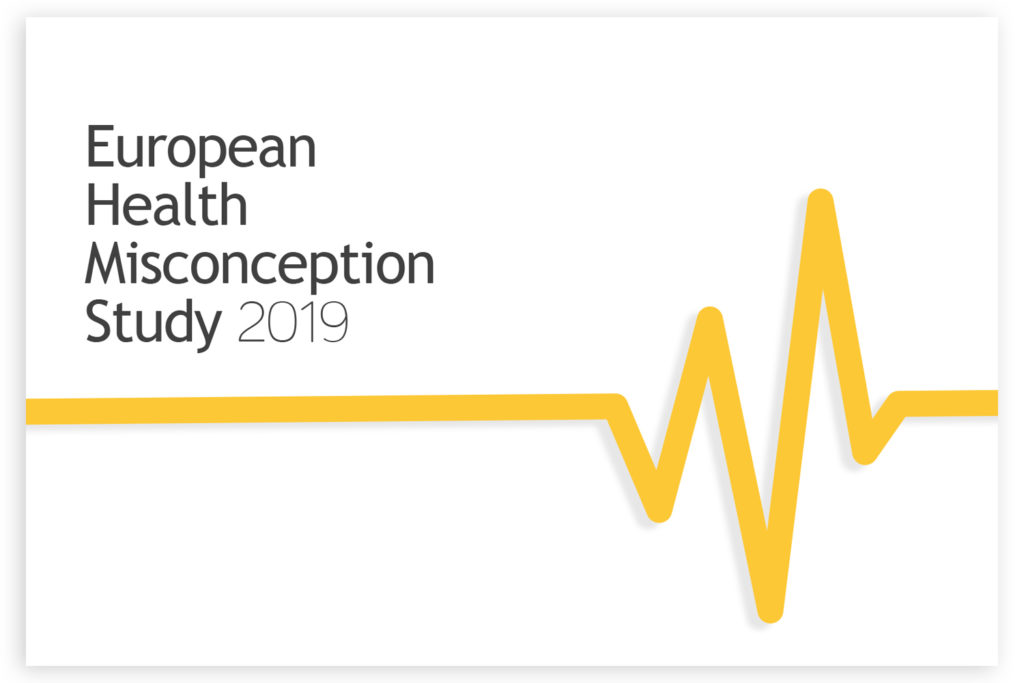 A. 1850
A. 1850 B. 1900
B. 1900 C. 1950
C. 1950
Correct answer
In Africa today, 7% of children die before their fifth birthday. That number is much higher than it should be, but is closer to what was common in Europe back in 1950, when 14% of children died before reaching 5 years of age.
In 1850, 38% of all children in Europe died before they reached age five, and the rate fell only very slightly to 34% by 1900). Imagine if that was the case today in Africa! Fortunately, child mortality has decreased significantly, not only in Africa but worldwide.
With declining poverty rates, improved hygiene and sanitation, introduction of and better access to vaccines, wide-spread basic healthcare, and improved women’s access to education, more and more children live to celebrate their 6th birthday and beyond.
Data source
The evidence for the correct answer comes from the United Nations World Population Prospects 2019 dataset – https://gapm.io/xunpps, as well as our own calculations https://gapm.io/itfr.
Europeans don’t realize Africa’s health is like Europe in 1950
The results weren’t great for this question, but our respondents did manage to score as well as the chimps on average: 33% chose the correct answer. With that said, it is disappointing and concerning that two-thirds (67%) thought Africa is currently at the same level for child deaths as Europe was back in 1850 or 1900.

Why do people pick the wrong answer?
Because they think that things are TERRIBLE in Africa!
People have an outdated view of Africa. We think about the images of Africa displayed on TV shows, the news, or in movies, where it is portrayed as being extremely poor, with people suffering, starving, or at war. While it’s true that some things are still bad — just like many parts of the world — some African countries are more like 60 years behind (not 160!) when it comes to children’s health. There’s a long way to go, certainly, but it’s not nearly as bad as our survey respondents thought!




